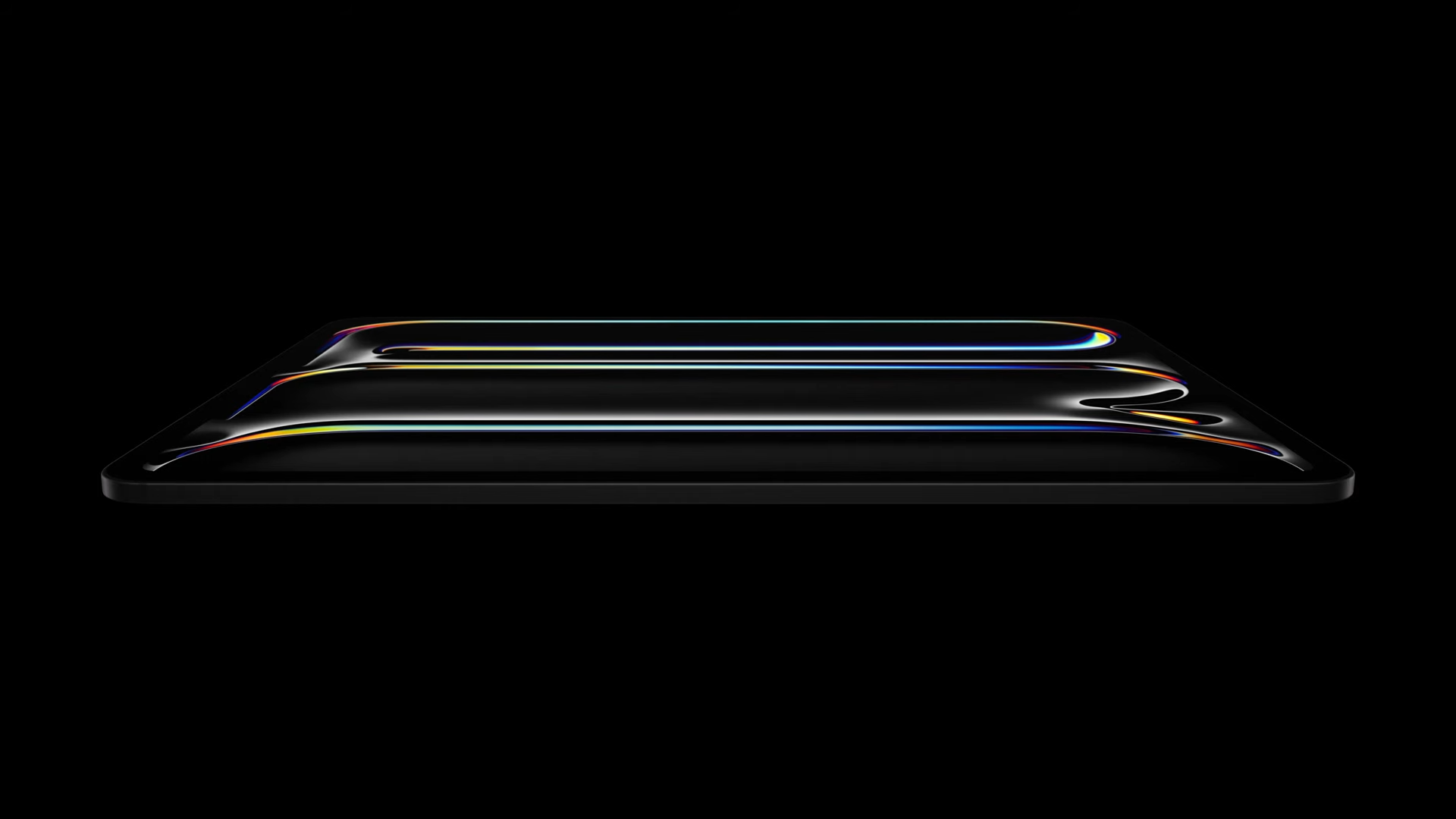Forget M3! The new OLED iPad Pro jumps straight to M4 — what we know
M4 iPad Pro? More like iPad Pr-OLED

Apple has just announced the new iPad Pro, and the Cupertino crew has only gone and slapped a next generation M4 chip inside, as well as it being the first OLED iPad!
Instead of going for the same chipset that powers the M3 MacBook Air, this new prosumer tablet leapfrogs it in terms of raw horsepower and AI potential.
What’s new?
With the new iPad Pro, you’re getting two upgrades — two are more in line with a refresh, whereas the other is a huge sign of the changing times in Apple’s display tech.
First, it started as a rumor we were struggling to believe, but Apple has indeed made the rather fast jump to M4. This second-generation 3nm chipset looks set to turboboost two key things: performance and AI potential — thanks to its increase in transistors and the beefier Neural Engine. Expect it to give the M3 MacBook Pro a run for its money!
Second, the front-facing camera has been placed on the landscape side of the Pro now, which is a far better place for it — given a lot of users will pair it with with the next generation Magic Keyboard or just generally use it in landscape.
And third, this is the first big-screen device to make the move away from the mini LED, and opt for vivid OLED panels — not just one but two Tandem OLEDs allowing for top brightness levels, gorgeous color and better motion of content.
This so-called Ultra Retina XDR enables the display to hit a max brightness of 1600 nits while achieving XDR precision. This is a huge shift for the company, and (I hope) the beginning of seeing the Cupertino crew start to adopt the tech across all its devices (not just phones and watches).
Sign up to get the BEST of Tom's Guide direct to your inbox.
Get instant access to breaking news, the hottest reviews, great deals and helpful tips.
All of this has been done while managing to make the device slightly thinner too:
- 11-inch iPad Pro (M3): 9.83 x 6.99 x 0.21 inches - 0.98 pounds
- 13-inch iPad Pro (M3): 11.09 x 8.48 x 0.2 inches - 1.28 pounds
Apple made a point of the slim design, pointing out it's the thinnest product Apple has ever made. It's even thinner than the iPod Nano — remember those?
What about that cost, though?
The cost of these new OLED-armed tablets has been up for rife discussion, with fears of the price going up by several hundred dollars. However, the reality has not been that bad, as the entry-level 11-inch Pro comes in at $999, whereas the 13-inch bumps up to $1,299.
With the changes being made, that is a more minor bump in price — from a company that has made steep increases in the past for new technologies. As for whether this price is worth it, we’ll have to wait to go hands-on with these devices to be sure.
More from Tom's Guide

Jason brings a decade of tech and gaming journalism experience to his role as a Managing Editor of Computing at Tom's Guide. He has previously written for Laptop Mag, Tom's Hardware, Kotaku, Stuff and BBC Science Focus. In his spare time, you'll find Jason looking for good dogs to pet or thinking about eating pizza if he isn't already.
